
The main features of the DJI Zenmuse H20N
An advanced payload optimized for low light inspection and public safety operations
The DJI Matrice 300 RTK set the new standard for enterprise drones with a combination of advanced durability, performance and payloads. It was released in 2020 along with the Zenmuse H20, a multi-sensor hybrid solution for industrial applications and public safety missions. The H20T, L1 And P1 they followed soon after. The newest payload, lo Zenmuse H20N, is a hybrid thermal, zoom, laser rangefinder and Starlight sensor that offers powerful aerial views, regardless of the weather or time of day.
The Starlight sensor is the main innovation. It's ideal for locating vital details in low visibility conditions, whether you're on a search and rescue mission or securing a place after dark. Here are the main features of the H20N that we are excited to share with the Enterprise community.
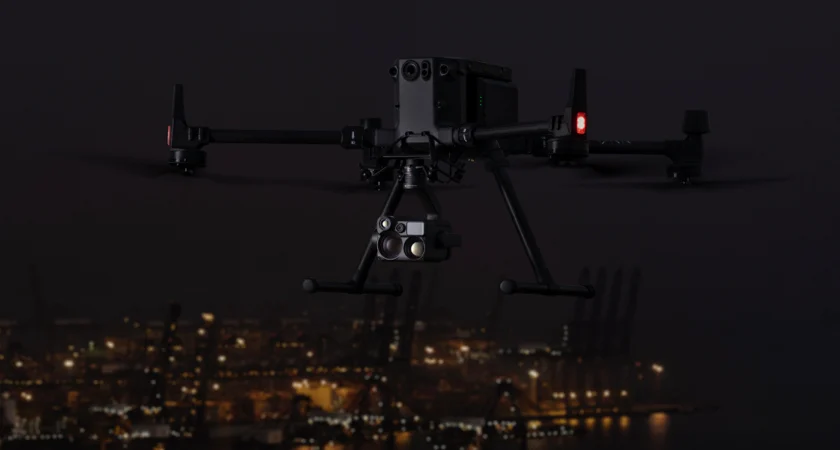
Starlight sensors for low light operations
There are many scenarios where thermal imaging is not the best solution. During search and rescue missions, surface temperature measurements from a thermal sensor do not always directly represent reality. It requires some degree of interpretation, and operators can be fooled by the conditions, clothing, and even rescue blankets. All of this can make identifying people in low light a significant challenge.
Starlight sensors are different. To understand how we start with lighting. This is the intensity of the light that a given area gives off. It is measured in Lux (also called luminous flux per unit of surface). 1 Lux equals one lumen per square meter. In general, the human eye struggles to identify objects when light intensity drops below 20 Lux.
Starlight sensors have a wider aperture and slower shutter speed than standard cameras. This allows more light to reach the sensor, for greater clarity in low light conditions. The sensor works in conjunction with algorithms that suppress image noise and improve image quality.
DJI's Starlight sensor is inside both the H20N's Zoom and Wide cameras. When the payload is used in night mode, the camera switches the lens IR filter and the ISP parameters are adjusted. An intelligent low-light enhancement algorithm allows operators to detect light sources as low as 0.0001 Lux, far beyond what the human eye can see.
The result is a revolutionary ability to clearly visualize targets and points of interest through darkness.
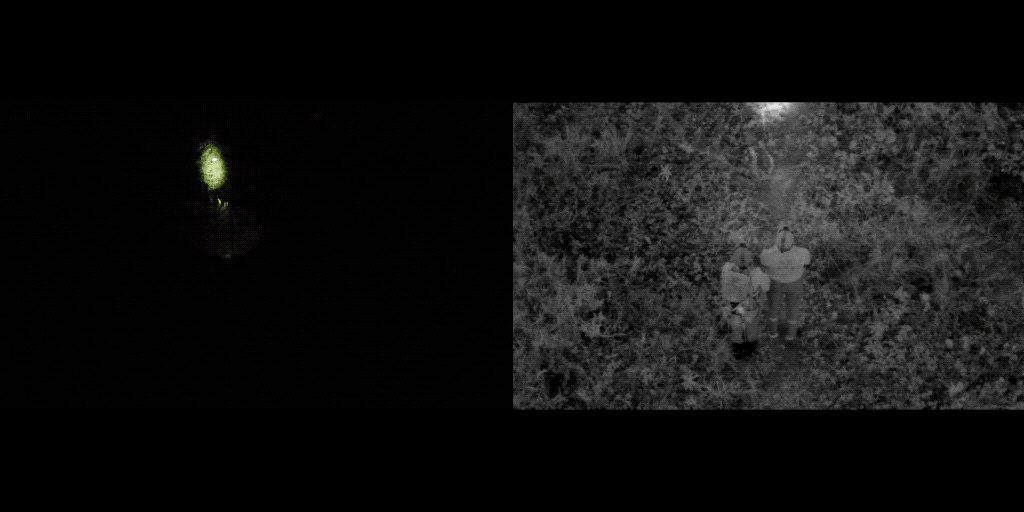
Powerful zoom capabilities
The H20N has a 4MP 20x hybrid optical zoom camera with the addition of the Starlight feature. This powerful combination enables a range of public safety and security applications, from searching for missing persons, to identifying illegal poachers after dark, to night patrolling of mines, construction sites and other sensitive areas.
We are excited to see this technology translate into significant benefits for nighttime search and rescue missions. High-resolution close-ups and recognizable low-light images promise to reduce false positives, improve resource utilization decisions, and reduce the time your missions take from start to finish.
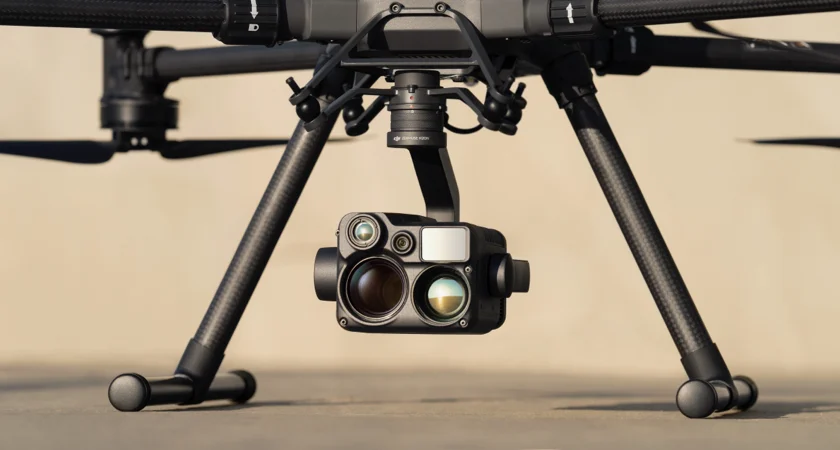
Double thermal sensors
Complementing the new Starlight capability, the H20N includes two thermal sensors to transmit detailed infrared data. Two 640 × 512 fixed focal length thermal cameras eliminate the need for continuous zoom: one offers a 2x zoom and the other an 8x zoom.
Now, when you see hot pixels on the screen, you don't have to go down to dangerously low altitudes to take a closer look. You can simply zoom in to clearly see if that heat source is a person, a dog, or something else. This advance significantly increases the viewing distance of the H20N's thermal imaging capabilities and saves pilots valuable time when every moment counts.
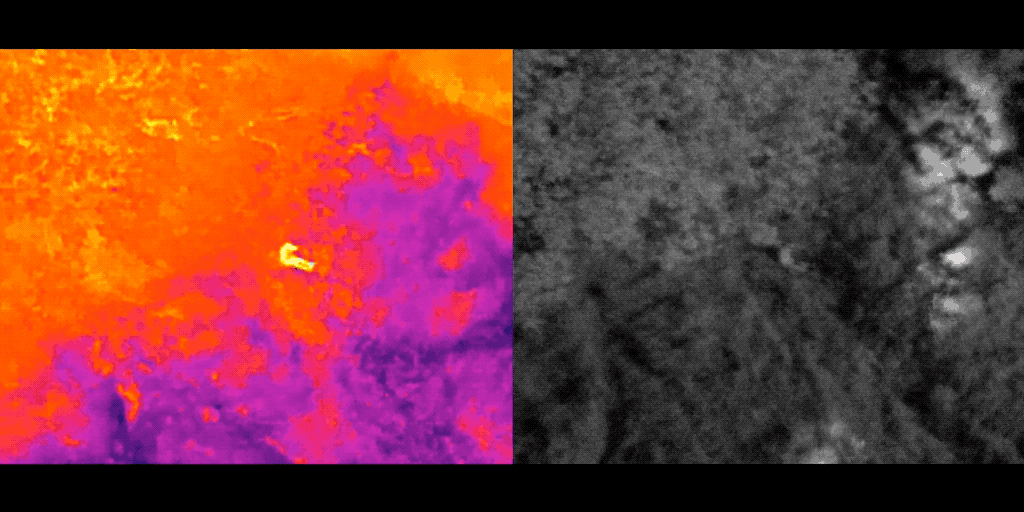
Split screen synchronized zoom
The H20N's hybrid payloads are more powerful when used together.
Operators can improve visibility in difficult conditions by simultaneously zooming in on a split-screen with both thermal and visual sensors. In low-light conditions and when certainty is needed before making operational decisions, having this flexibility at your fingertips is critical.
A laser rangefinder for unmatched accuracy
The H20N incorporates the same laser rangefinder built into the Zenmuse H20 and H20T payloads. With a detection range of 3 to 1200 meters, the rangefinder provides precise coordinates of a place or object with an accuracy of +/- 1 meter. The PinPoint feature means that this ability is always within reach. A quick tap marks an object in sight, before DJI's advanced sensor fusion algorithms provide its GPS coordinates - along with its distance to the drone and relative height.
Combined with the H20N's Starlight sensors, low light is no longer an issue when coordinating missions from above.
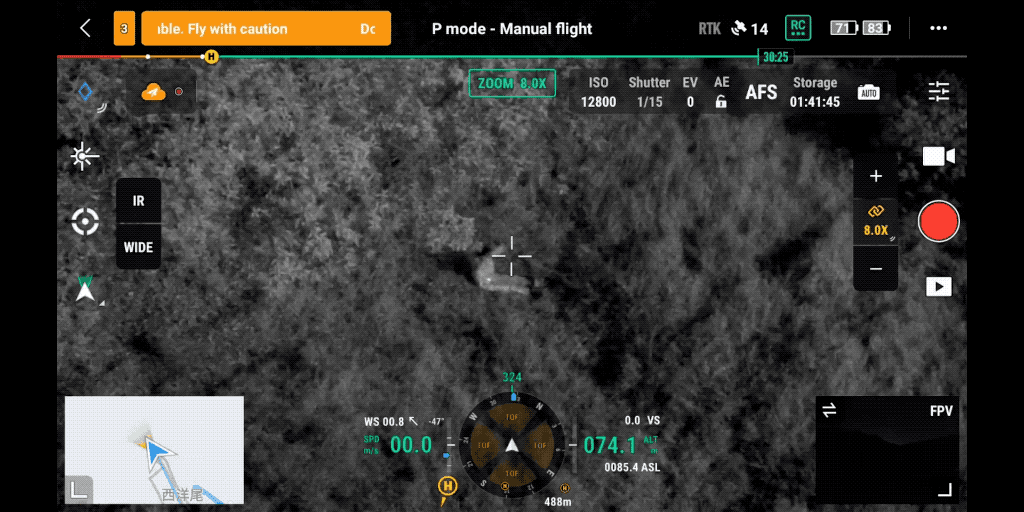
Durability and reliability
The H20N hybrid payload was designed to withstand test conditions and support public safety and protection missions in any weather. It is IP44 rated and can operate in temperatures from -20 to +50 degrees Celsius.
As drones become essential tools for emergency and inspection teams, it is vital that the payloads are robust enough to handle whatever the elements have in store. The H20N will not disappoint you.
What are the main differences between the Zenmuse H20N and the H20T?
The Zenmuse H20T and the H20N have a lot in common. But a couple of subtle differences optimize them for different mission scenarios. On the H20N, both the Wide and Zoom cameras incorporate Starlight sensors which are more suitable for low-light environments. When image clarity and the ability to identify people or objects after dark are the priority, the H20N's capability is unrivaled.
During the day, things are different. This is because the H20N's wide camera has fewer pixels than the H20T. For the H20N to reach its impressive low-light capabilities, each pixel must be larger to let in more light. CMOS sensors on both payloads are comparable (1 / 1.8 vs 1 / 1.7) but the H20N has fewer pixels overall to optimize its low-light performance.
The H20N also has two thermal imaging cameras with hybrid zoom capabilities, significantly increasing the viewing distance of the thermal sensor.
The payload for you will depend on the conditions and mission, but we expect the H20N and H20T to complement each other. This latest hybrid sensor provides unprecedented versatility for public safety teams working with the M300.
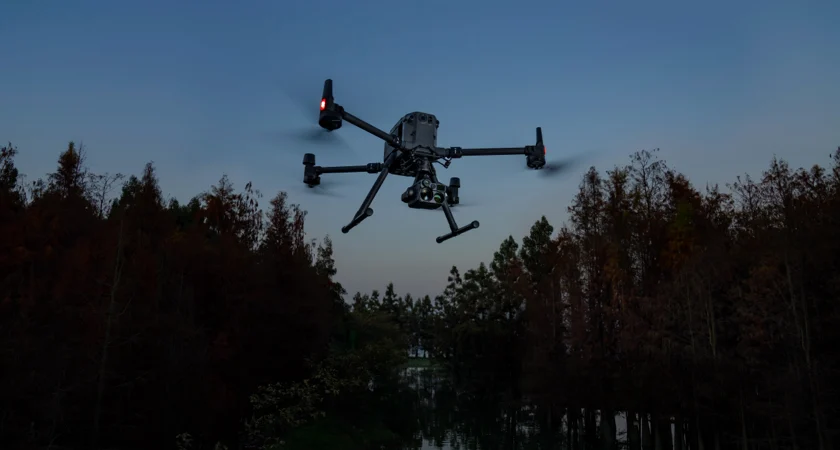
Redefine the work of drones after dark
The H20N is a powerful option for low-light operations. We can't wait to see how M300 users around the world integrate it into vital public safety and security missions.


 3digital.tech
3digital.tech